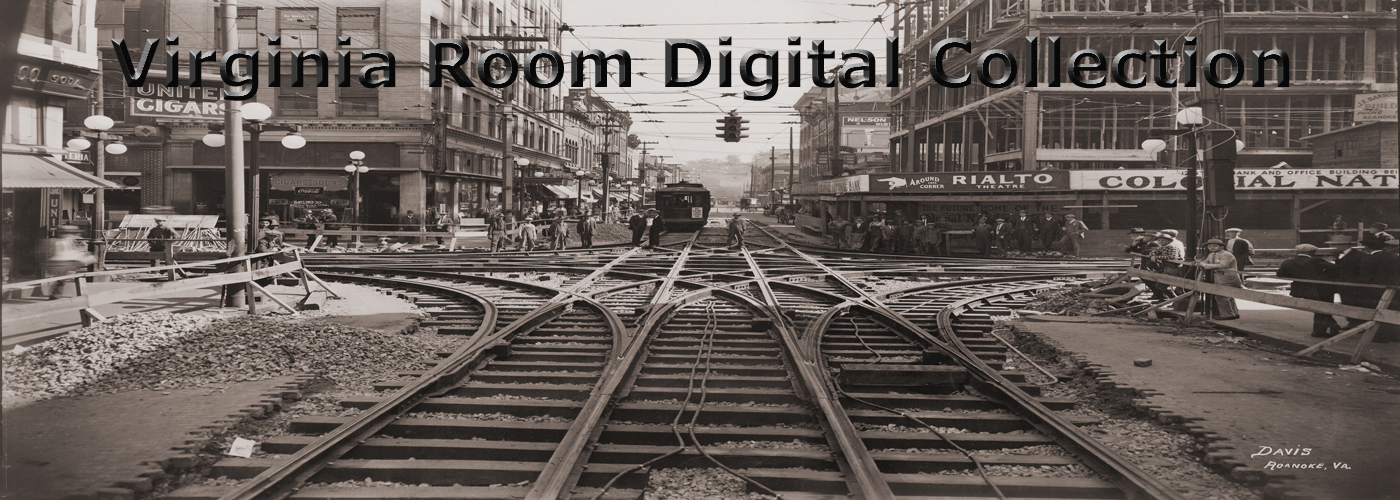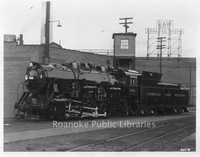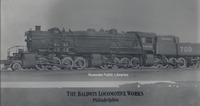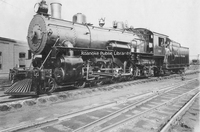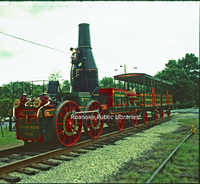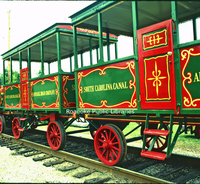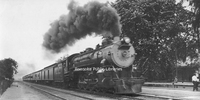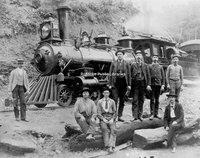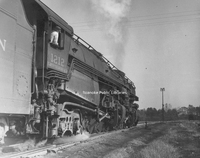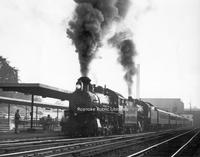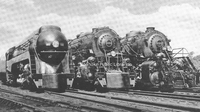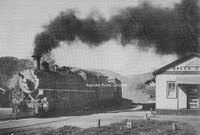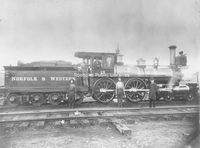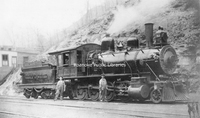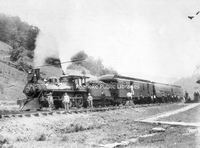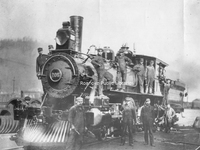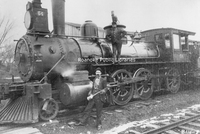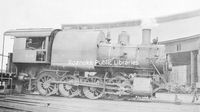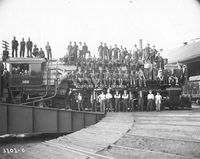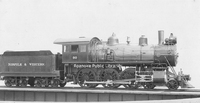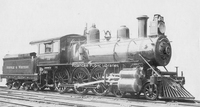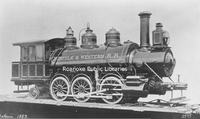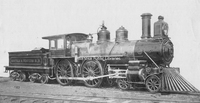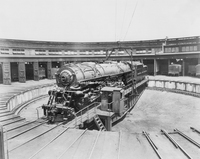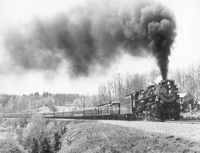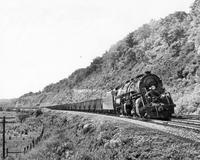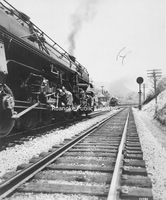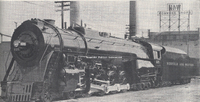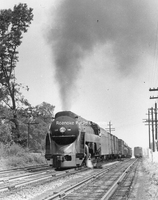Browse Items (29 total)
- Tags: steam engines
Davis 61.22 N&W Class S1A #244
Tags: Class S1A, locomotives, N&W, Norfolk & Western, railroads, steam engines, trains
Davis 645 Virginian 700
HNWR191
Tags: Engine 550, locomotives, N&W, Norfolk & Western, steam engines, trains
Creasy15 Roanoke Transportation Museum
Creasy16 Roanoke Transportation Museum
HNWR010
Tags: locomotives, N&W, Norfolk & Western, railroads, steam engines, trains
HNWR011
HNWR030
Tags: Engine 1212, locomotives, N&W, Norfolk & Western, steam engines, trains
HNWR097
Tags: Engine 475, locomotives, N&W, Norfolk & Western, steam engines, trains
HNWR116
Tags: Class A, Class J, Class Y, Engine 1203, Engine 2123, Engine 600, locomotives, N&W, Norfolk & Western, steam engines, trains
HNWR139
HNWR148
HNWR149
Tags: employees, Engine 264, locomotives, N&W, Norfolk & Western, steam engines, trains
HNWR150
HNWR151
HNWR152
HNWR166
Tags: Class W, Engine 839, locomotives, N&W, Norfolk & Western, steam engines, trains
HNWR167
HNWR172
HNWR173
HNWR174
HNWR175
HNWR176
HNWR182
HNWR194
HNWR196
Tags: coal, Engine 2146, freight cars, locomotives, N&W, Norfolk & Western, steam engines, trains
HNWR202
Tags: locomotives, N&W, Norfolk & Western, steam engines, trains
RVNH40421 Engine 605
HNWR060
Tags: Class K, Engine 130, locomotives, N&W, Norfolk & Western, steam engines, trains

